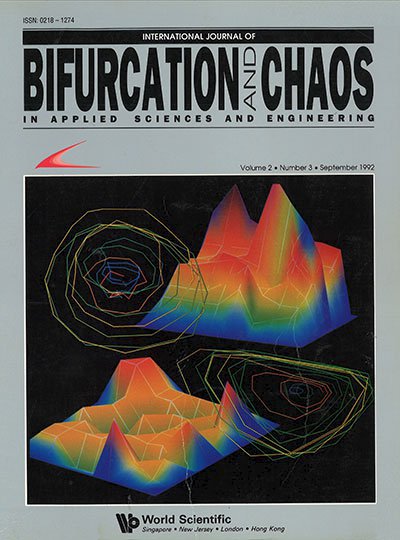TUTORIAL ON NEUROBIOLOGY: FROM SINGLE NEURONS TO BRAIN CHAOS
Abstract
Those classical models are reviewed that are most widely used by neurobiologists to explain the dynamics of neurons and neuron populations, and by modelers to implement artificial neural networks. Each neuron has input fibers called dendrites that integrate and an axon that transmits the output. The differing fiber architectures reflect these dissimilar dynamic operations. The basic tools to describe them are the RC model of the membrane, the core conductor model of the fibers, the Hodgkin–Huxley model of the trigger zone, and the modifiable synapse. Populations additionally require description of macroscopic state variables, the types of nonlinearity (most importantly the sigmoid curve and the dynamic range compression at the input to the cortex), and the types and strengths of connections. The properties of these neural masses can be characterized with the tools of nonlinear dynamics. These include description of point, limit cycle, and chaotic attractors for the cerebal cortex, as well as the types and mechanisms for the state transitions between basins of attraction during learning and perception.



